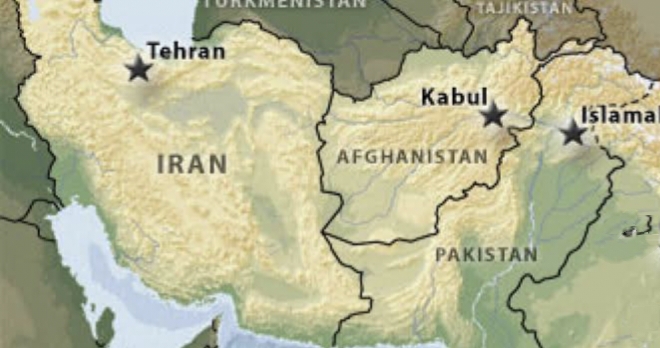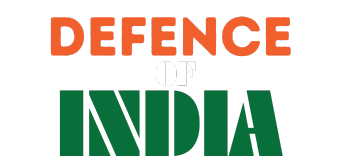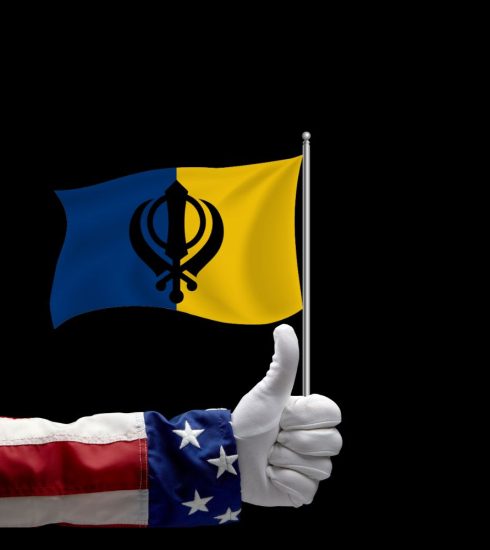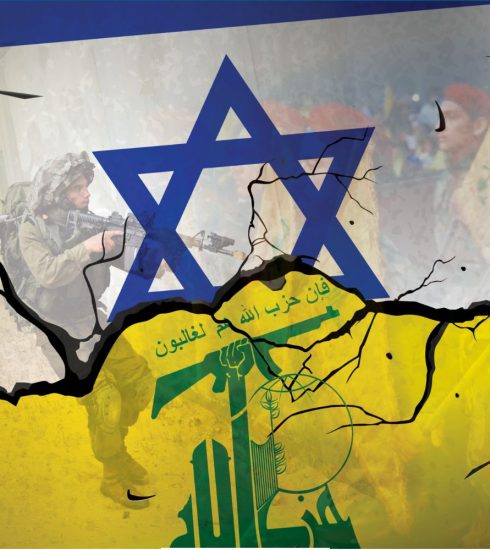
Nestled at the heart of Asia lies a volatile triad—Iran, Afghanistan, and Pakistan—a region perpetually simmering with activity, often for all the wrong reasons. Communal life lies shattered, borders are breached daily, and a shadow war between militants and militaries rages on, each vying for dominance. In recent years, this already turbulent area has spiraled into even greater instability, with the 2024 Global Security Index ranking Pakistan fourth, Afghanistan sixth, and Iran 26th among the world’s most militancy-affected nations.
A Theater of Unrest
The past year alone has seen a string of violent incidents, painting a grim picture of escalating tensions. In January, Baloch insurgents launched cross-border attacks into Iran and Pakistan. The Iranian Air Force retaliated with strikes on Pakistani covert groups, prompting Islamabad to respond with strikes into Iran. By March, Pakistan’s Air Force had targeted Taliban units in Afghanistan, retaliating for earlier assaults. Meanwhile, Taliban forces had also attacked Iranian positions near the border. The situation hit a new low in October when separatists attacked Karachi Airport, killing Chinese engineers. Each skirmish further intertwines insurgency with local grievances, blurring the lines between nationalist and jihadist agendas.
The Ghost of Khorasan
Beneath the region’s contemporary chaos lies the legacy of Khorasan, an ancient cultural and political hub once ruled by various Turkic and Iranian monarchs. However, its fragmented authority turned it into Asia’s Wild West, vulnerable to imperial games. The 19th and 20th centuries saw Khorasan become a battleground for the Russian and British Empires. This geopolitical tug-of-war culminated in the 1893 Durand Line—an arbitrary boundary drawn by British diplomat Henry Durand, splitting ethnic communities and sowing seeds of discord.
The Pashtuns, Afghanistan’s ruling ethnic group, bore the brunt. The line divided their lands, leaving Peshawar—the “City of Pearls”—in Pakistan. For Pashtuns, losing Peshawar was akin to losing an arm, a loss they could never reconcile. Successive Afghan governments, including the Taliban, have consistently rejected the Durand Line, claiming Pakistan’s Khyber Pakhtunkhwa and Balochistan regions as Afghan territory. Uniting Pashtuns under a single political entity remains a foundational vision for Kabul—one that fuels irredentist ambitions and exacerbates regional tensions.
The Taliban’s Strategic Play
The Taliban’s resurgence since 2021 has reopened old wounds. Though they present themselves as Islamic rulers rather than ethnic Pashtun nationalists, their policies and alliances reveal a Pashtun-centric agenda. Their collaboration with the Pakistani Taliban, a group bent on reclaiming Pashtun territories in Pakistan, underscores their broader strategy. Since Islamabad designated the Pakistani Taliban as a terrorist group in 2008, violent clashes have claimed thousands of lives. However, the Afghan Taliban’s ties with the group complicate Pakistan’s response, as Islamabad must tread carefully to avoid directly antagonizing Kabul.
The Baloch Factor
Adding another layer to the region’s turmoil are the Baloch people, who, like the Pashtuns, are divided across Iran, Pakistan, and Afghanistan. Marginalized and alienated, the Baloch have spawned several separatist movements, including the Baloch Liberation Army (BLA) and Baloch Liberation Front (BLF). These groups reject political engagement, advocating for military action to achieve their dream of an independent state. Meanwhile, groups like Iran’s Jaish al-Adl, funded by external powers, further inflame sectarian and ethnic tensions.
Recent years have seen a surge in violence. In 2024 alone, Baloch militants caused 624 deaths in Pakistan, with August being particularly deadly. Their hostility extends to Chinese interests, as evidenced by multiple attacks targeting Chinese engineers and facilities. Iran has also faced its share of Baloch separatist violence, prompting cross-border skirmishes with Pakistan. Despite conflicting territorial claims, the Taliban’s alliance with Baloch groups highlights the region’s intricate web of opportunistic partnerships.
Water Wars and Scarcity
The struggle for resources compounds the region’s instability, with water emerging as a critical flashpoint. Afghanistan’s glacial peaks feed rivers like the Helmand, a lifeline for downstream Iran. The 1973 Helmand Water Treaty, though never ratified, governs water-sharing agreements. However, decades of political unrest have rendered enforcement inconsistent. Skirmishes over water rights erupted in 2023, with Afghan and Iranian guards clashing near the Hamun Lakes. As water scarcity worsens, such disputes could escalate into full-scale conflicts.
A Brewing Proxy War
Human trafficking, drug smuggling, jihadist factions, and ethnic militias have turned the Triad into a volatile battle space. The proxy provocation theory looms ominously, warning that smaller militant groups could manipulate Iran, Afghanistan, and Pakistan into direct state-on-state conflict. With each attack, the region edges closer to catastrophe, where the storm’s scale could engulf not just the triad but the broader international community.
For now, the borders may be bold today and smudged tomorrow, but one thing is certain—the stakes have never been higher in the Triad of Turmoil.






